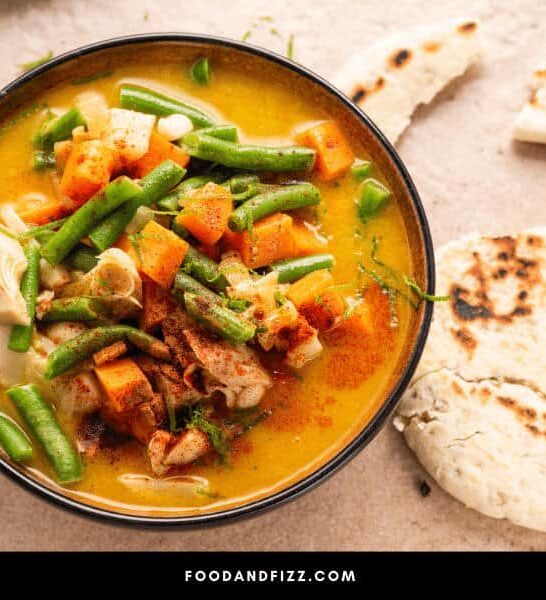How To Thicken Thai Curry? One of the challenges in cooking any curry, whether Thai or not, is to get its consistency and thickness perfect. An extremely thick curry that needs a lot of spreading around with a fork or spoon looks and feels wrong, even if it is tasty.
The trouble is, as humans, we eat first with our eyes, then with our noses, and only last with our mouths. So if something looks awful, we’re going to be awfully hard to convince it is actually a-okay.
The opposite case–too watery curry–is even worse because thin, light curry does not look appetizing. Inevitably, it tastes as dreadful as it seems; weak, flavorless, and unsatisfactory.
How to Thicken Thai Curry
Thicken curry by adding thickening ingredients or tomatoes in a puree or individual components such as coconut, flour, peanut butter, lentils, or yogurt on their own. Other options are using a roux or physically reducing the curry through simmering or cooking in a slow cooker.

10 Ways To Thicken Thai Curry
1. Use A Puree of Some of the Ingredients
Be a bit sly with this method by pureeing some more of the vegetables you have already added to the dish. So, if you have already used legumes, carrots, potatoes, or squash, go ahead, puree more of them in a food processor and add them to the curry. Reckon on using about a quarter of the volume of the curry to balance things out.
The great thing about this technique is that you don’t have to reduce the curry. Keep the heat moderately high, and the sauce will quickly thicken.

2. Use a Roux
Roux is a French style of thickening sauces, gravies, soups, and stews. Roux combines flour and fat. The fat can be lard or butter, even vegetable oil, although this list won’t deliver much on taste.
For every cup of fluid sauce in your curry, add two tablespoons of flour and two tablespoons of fat to the curry. Stir (gently!–don’t destroy the meat or vegetables by breaking them up accidentally). Generally, your curry should thicken and achieve a good texture in about five minutes.
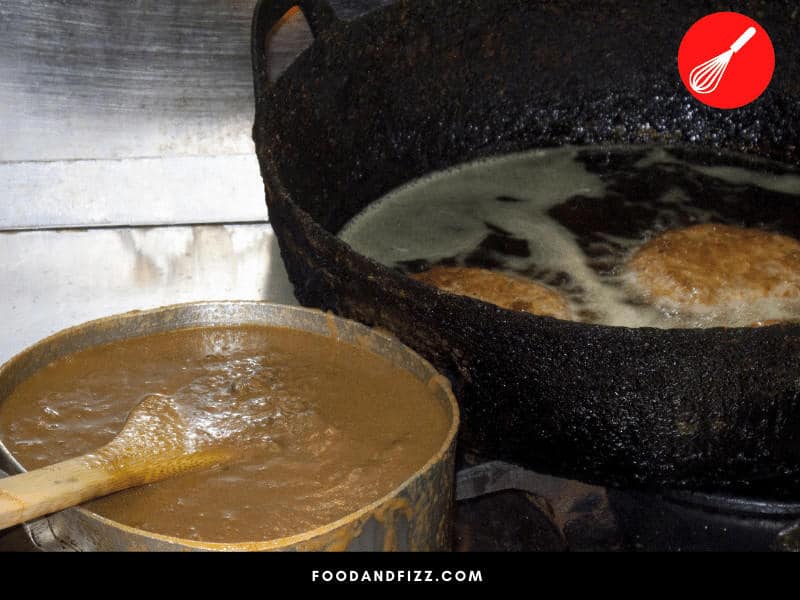
3. Use a Slow Cooker
Cook your curry in a slow cooker, but open the lid to let the steam out to naturally reduce the sauce in the last half-hour or so. If your curry is still too thin, you will have to use one of the other additive techniques. Note that attempting to further reduce a slow-cooked curry will result in overcooked meats and vegetables. Don’t do it.

4. Use Coconut
Coconut cream is a good thickener, although it can take a while to work. I strongly suggest you decant the meat and vegetables from the curry, add the coconut cream, and reduce the sauce until it has the consistency you seek. Add the decanted ingredients back into the curry and cook normally.
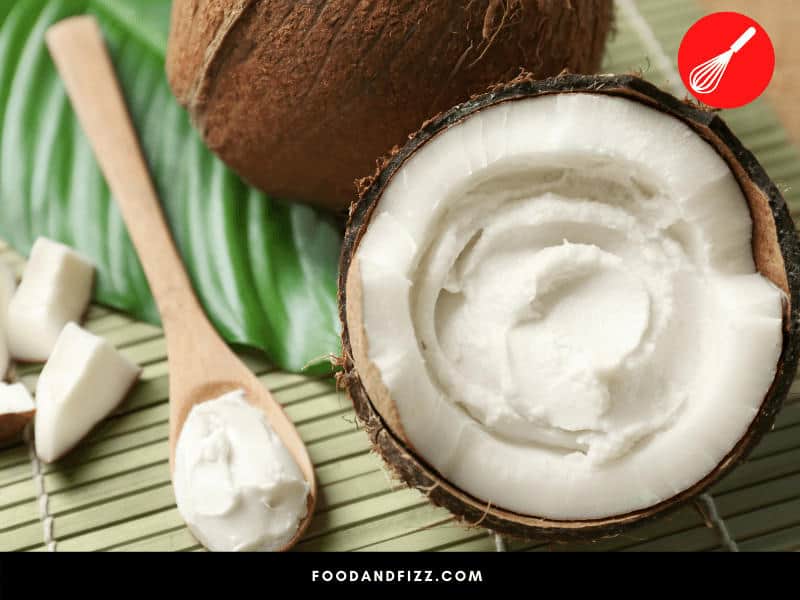
5. Use Flour
Wheat flour or corn starch are simple and popular thickeners. They are popular because they have minimal effect on the overall taste of the curry. The standard proportion of flour most cooks use is two teaspoons of flour blended into a thin gruel using liquid sauce from your curry.
It is vital to ensure that the thickener is thoroughly mixed and free of any globules or balls of unmixed flour. Pour flour thickener into your curry as you approach the end of cooking because flour thickens sauces really quickly.
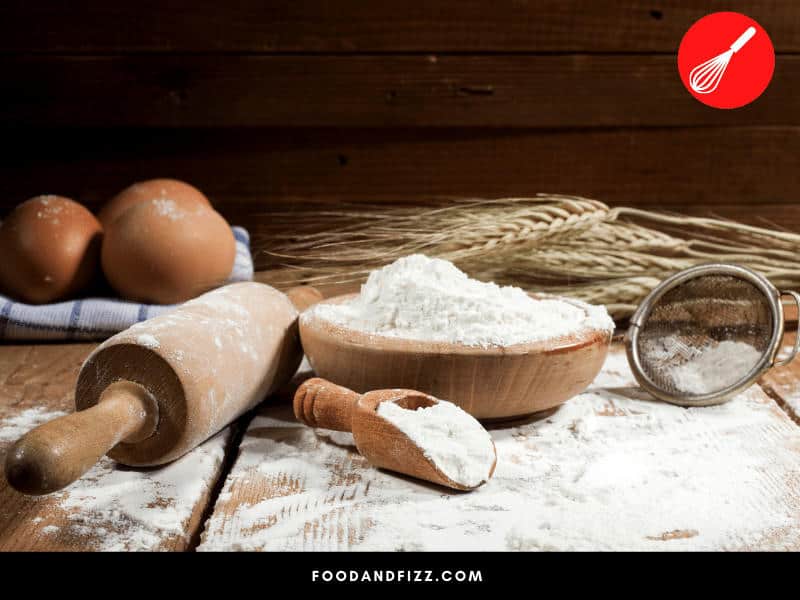
6. Use Lentils
Lentils are an excellent thickener because only a little (just one or two tablespoons) does a lot of thickening. Lentils soften, break down, then swell as they cook, drawing out excess liquid from sauces, obviously quite a handy feature.
Alternatives to lentils are legumes such as beans and chickpeas, which you need to first puree into a smooth paste.
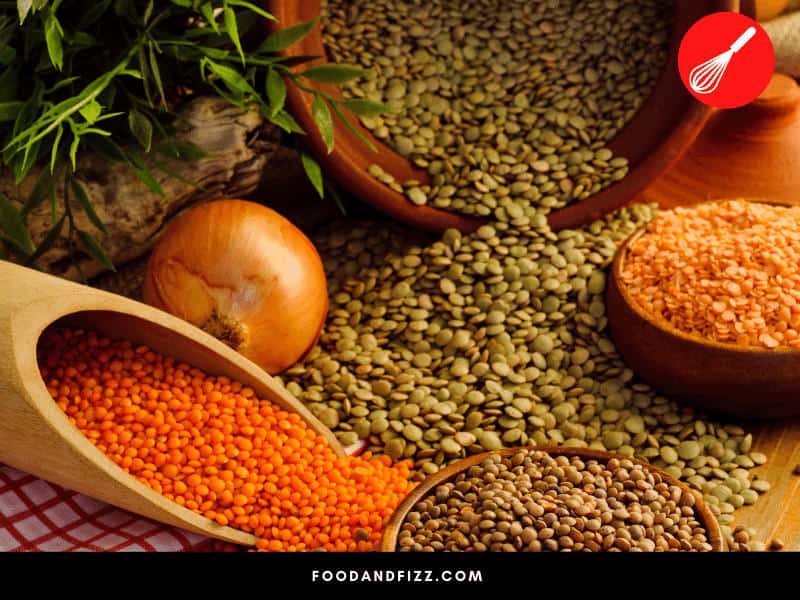
7. Use Peanut Butter or Peanuts (groundnuts)
Altering the taste a bit, but still a good possibility in combating watery curry, is to add pureed unsalted peanuts (you can also use almonds or cashews). One quick shortcut is to add two tablespoons of peanut butter, as peanut butter is also a thickener.
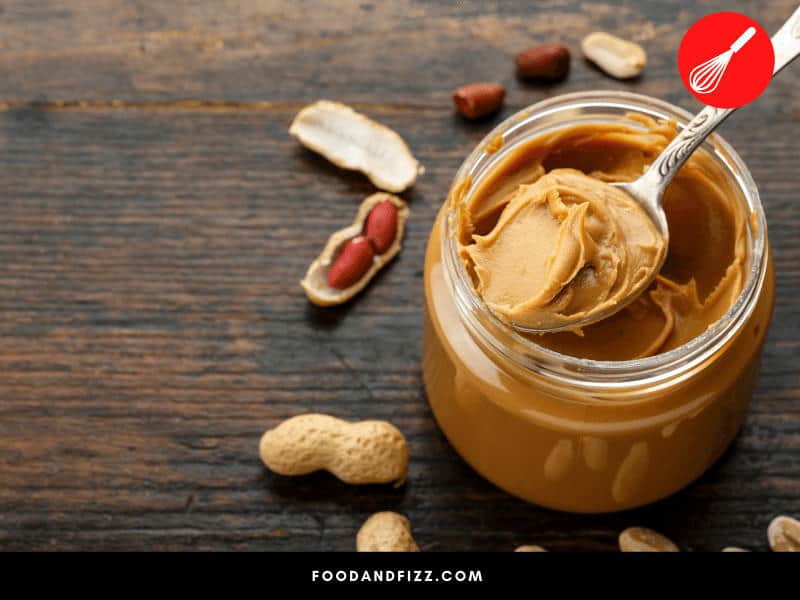
8. Use Simmering
Remove the meats and vegetables from the pot. Turn down the heat, leave the lid off, and reduce the sauce in the pot until it has gained the right consistency. Return the ingredients to the pot and cook normally. Reckon to spend between a quarter and half an hour reducing the sauce properly.

9. Use Tomato Puree (or Tomato Paste)
If you are using tomatoes in your curry, there’s nothing wrong with using a tomato paste or puree as a thickener. In fact, it’s just like using other ingredients as a thickener, as I described earlier.
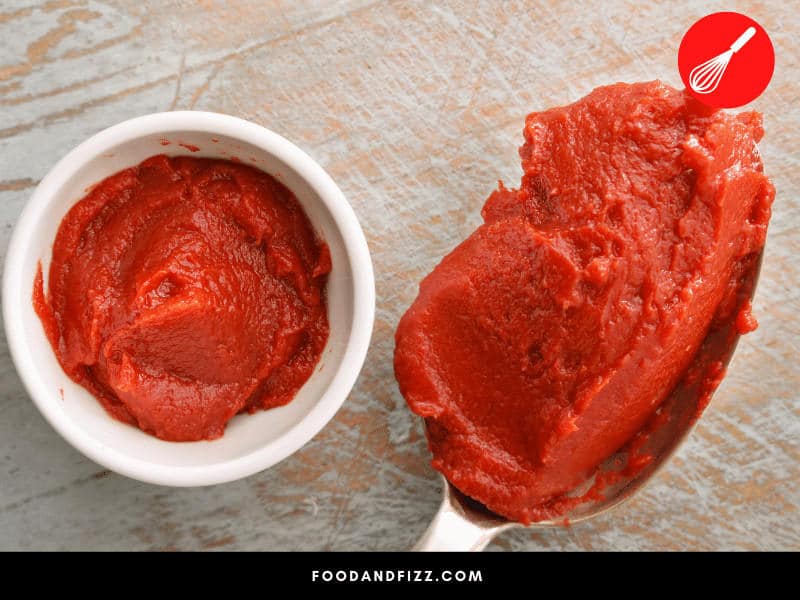
10. Use Yogurt
Use Greek or full-fat yogurt as these are creamy and thick and won’t curdle (on low heat) if added to your curry. Stir gently to ensure that the yogurt spreads evenly throughout the sauce and over the other ingredients. A localized clump of yogurt is probably not what you have in mind.
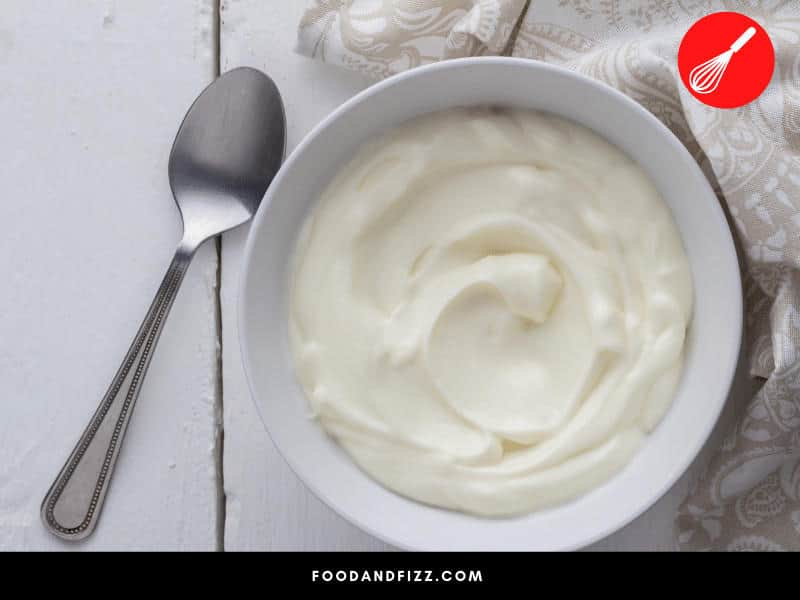
Prepare Your Thai Curry Properly in the First Place
If you prepare your curry correctly right from the start, you won’t ever need to employ the preceding techniques, and you could end up saving yourself oodles of time and loads of stress, so what’s not to love?
Here is a classic method for cooking curries that will always give you an opportunity to create the perfect dish with a minimum of fuss.
Begin by preparing your curry sauce on its own separately in a pot, and by sauce, I mean just the seasonings and coconut milk without chicken, meat, vegetables, etc.
Before you open the can of coconut milk, shake the can thoroughly to properly mix its contents, as these tend to separate on store and kitchen shelves.
Pour about half of the coconut milk into the pot and add seasoning. Bring the contents to a boil, then lower the heat and simmer it until it is almost a paste–but don’t let the bottom burn. Stir occasionally to stop the base from burning.
Now that you have a thick starter, add the rest of the coconut milk and the other ingredients;
Thai basil, sugar, curry paste, vegetables, and typically, meat, poultry, or fish. Now, you are virtually guaranteed a silky smooth, delicious Thai curry of precisely the right consistency and thickness.
For a great recipe have a look at the Red Thai curry recipe from Cookie and Kate.
Afterword: How to Thicken Thai Curry
It is all too easy for the novice cook to create a Thai curry that turns out to be horribly watery and bland, receiving lukewarm praise from her guests. Options to thicken curry involve simple but time-costly procedures or quick but taste-altering methods.
In the end, prevailing circumstances will dictate which option a cook chooses. I suggest that when preparing a Thai curry in advance, it is always a good idea to use one of the slower but less flavor-altering techniques.
Frequently Asked Questions On How to Thicken Thai Curry
Is the Thickness of My Thai Curry Affected by What Kind of Coconut Milk I Use?
What kind of coconut milk you use to prepare your Thai curry matters. You might make a choice between lite coconut milk and full-fat, rich, creamy coconut milk based on health considerations, in which lite coconut milk is supposedly the better choice for containing fewer calories (false) and fewer carbs (false) and less fat (true). However, full-fat coconut milk makes for a thicker, better-tasting curry, and coconut cream makes for the thickest and best-tasting curry of all.
Can I Save Thai Curry That’s Too Watery?
You can save a Thai Curry that is too watery. For a too-thin Thai curry, you can thicken by using a puree of some vegetables used in the dish, add coconut cream, flour, lentils, peanut butter, yogurt, tomato puree, use a roux, simmer longer, or thicken in the slow cooker.

